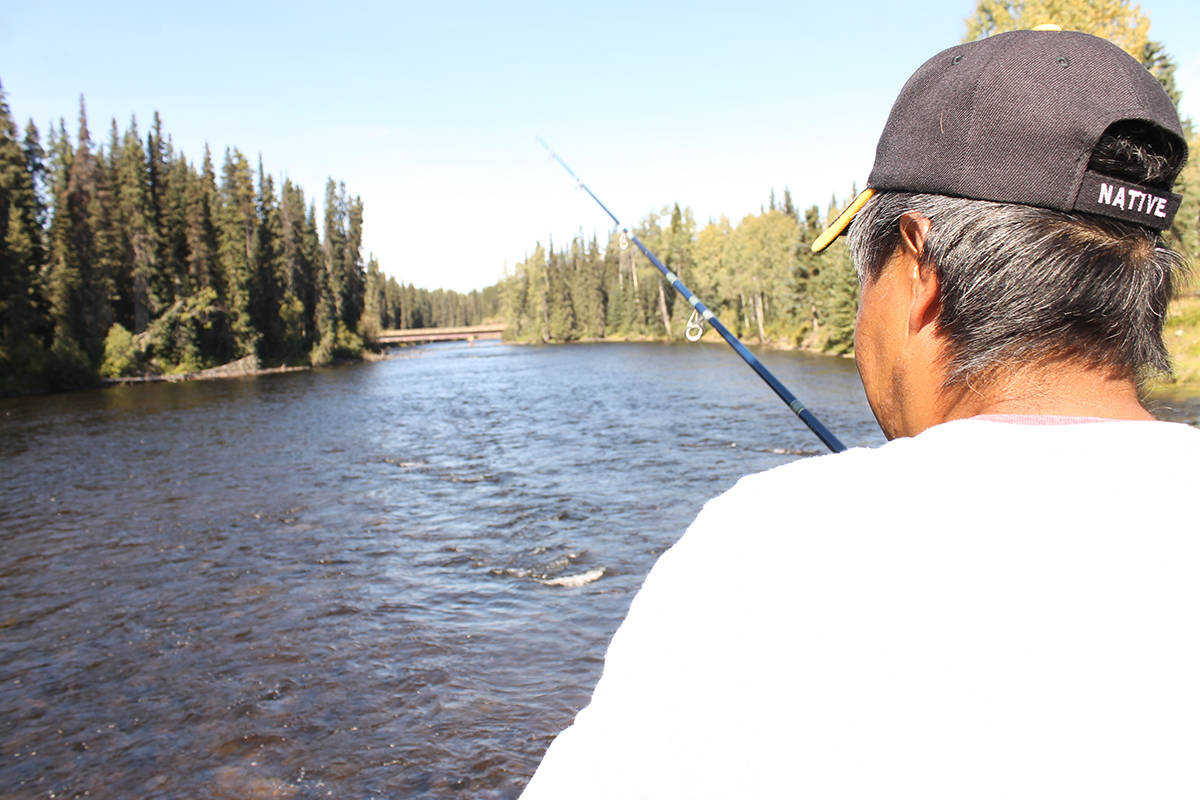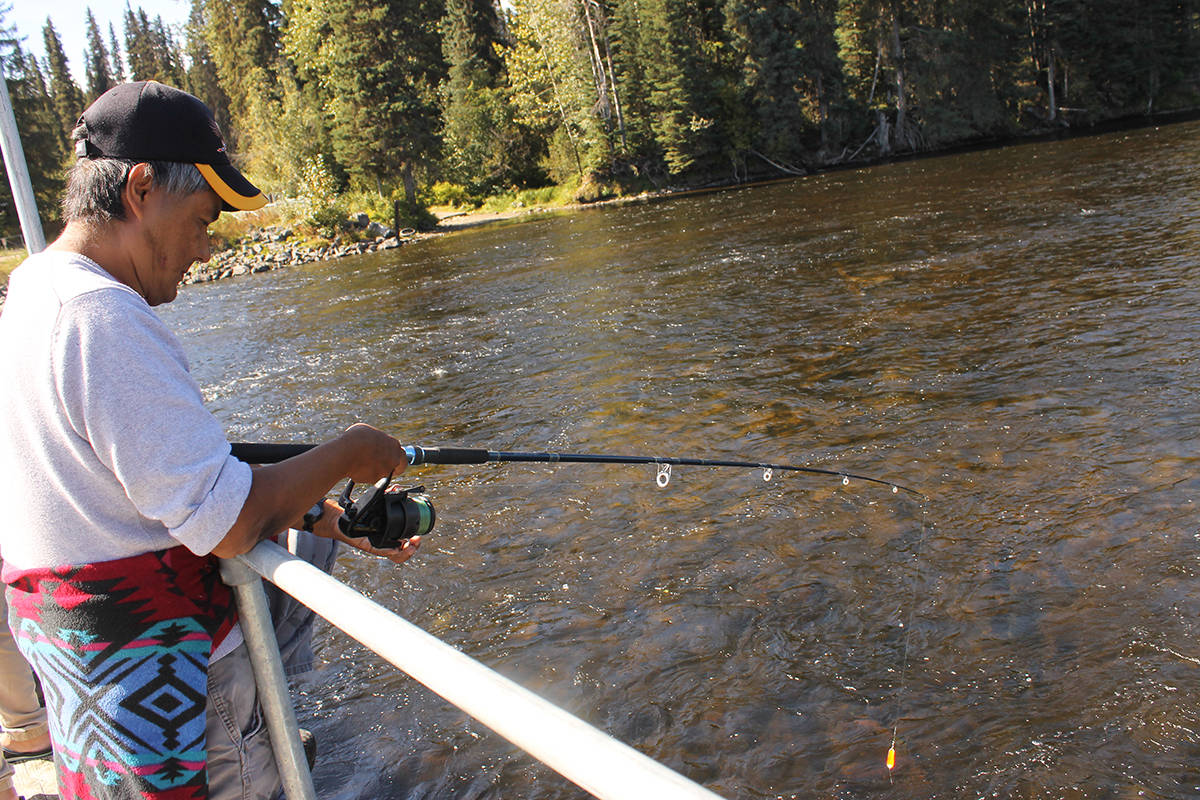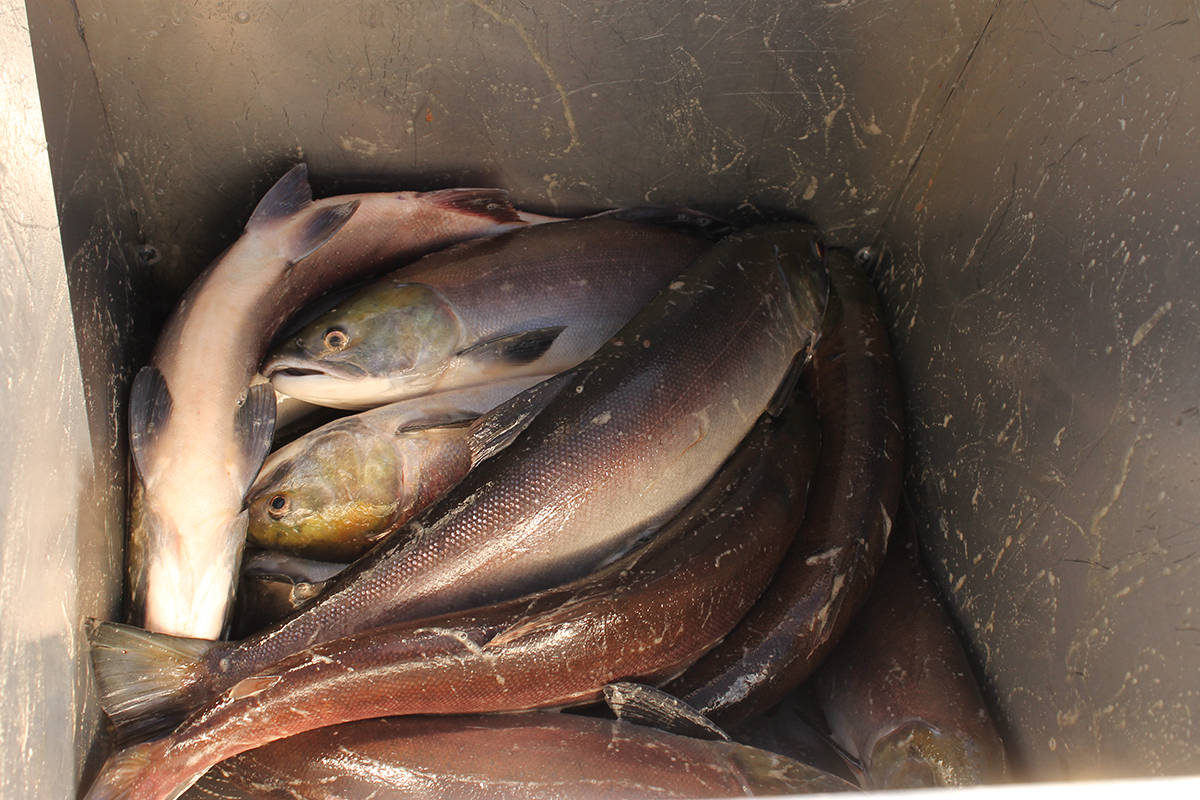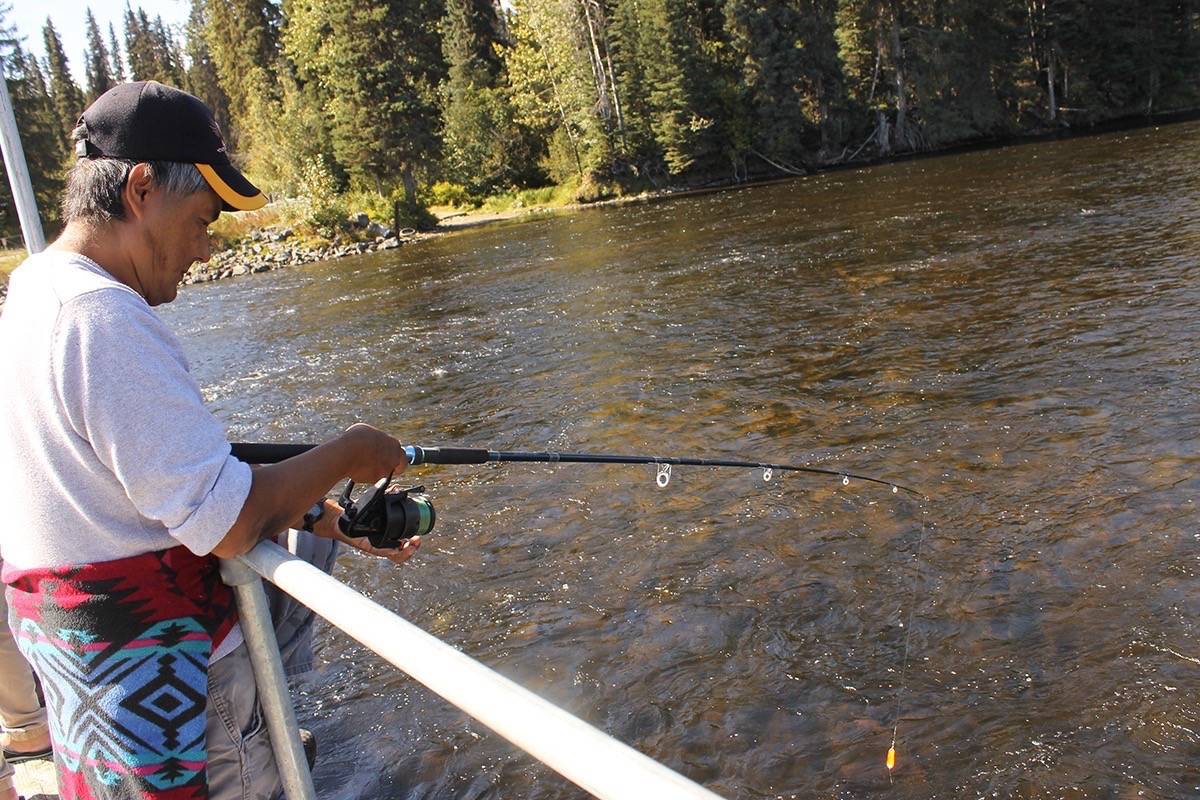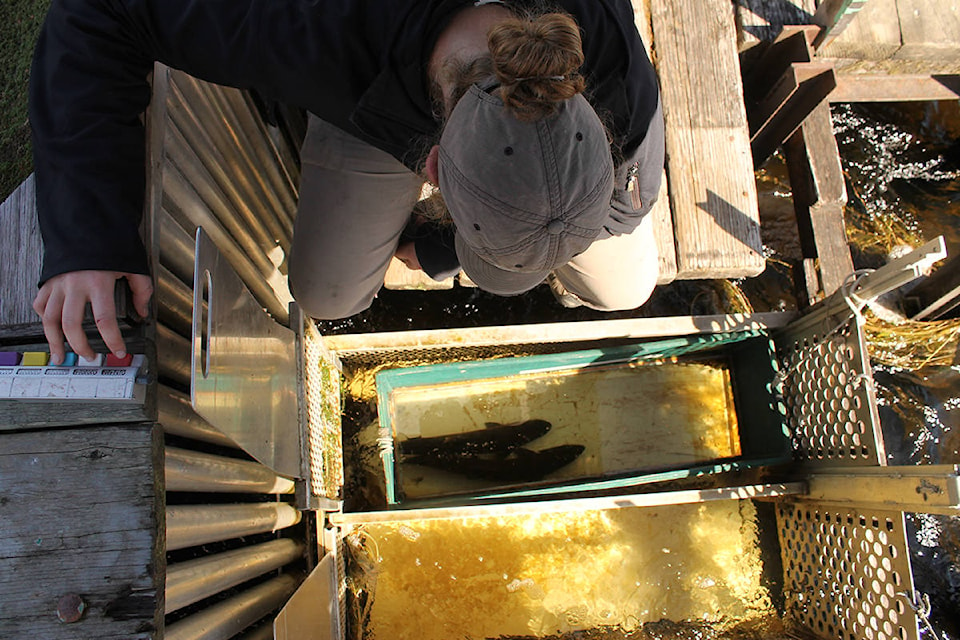Recreational salmon fishing in the entire Skeena watershed will be closed until July 14, 2017 to facilitate First Nations harvesting of salmon.
Meanwhile recreational, commercial, and First Nations food, social and ceremonial harvesting of sockeye salmon will be closed for the 2017 season, unless there is an in-season indication of increased Skeena sockeye abundance.
The Department of Fisheries and Oceans Canada (DFO) initiated the closure June 15 due to predicted low returns of Skeena sockeye salmon.
Colin Masson, DFO’s north coast area director, said 2017, the last year of the sockeye’s four-year cycle, is anticipated to have one of the lowest sockeye return on record for the Skeena watershed.
“2013 was the brood year for this year’s return, and that was the lowest on record at that point,” he said. “And so these are the progenies for that low return year, and those progenies have experienced really poor ocean conditions as well, so we’re particularly concerned for the conservation of this particular brood year.”
The Skeena fishery closure includes Babine River and Babine Lake.
Lake Babine Nation Wilf Adam said the closure is important to preserve and protect the salmon.
“We need at least 600,000 [sockeye] to return to start our harvest for food fishery,” said Chief Adam. “Let’s hope the estimates are off as this is our winter sustenance.”
According to the DFO, the current pre-season estimate is 590,000 sockeye for the entire Skeena watershed. Last year’s pre-season sockeye return forecast was 1.2 million. Meanwhile First Nations throughout the Skeena watershed have agreed to ensure no targeted sockeye harvesting occurs this season.
“First Nations throughout the watershed have taken a really strong conservation approach on this, and agreed to hold off all targeted harvesting,” said Masson. “It’s a real show of commitment to the conservation objective.”
During the closure, First Nations are permitted to harvest only chinook, pink and chum salmon.
However, not everyone approves the closure. Skeena-Bulkley Valley MP Nathan Cullen said in a statement that the closure is a “slam to the northwest economy,” and that it would likely have been avoided if federal officials had been more aggressive in stock management over the last decade.
“Rampant cuts to hatcheries, stock protection and enhancement, as well as outrageous overfishing by international harvesters, are what really need to be attacked to protect our precious wild salmon resource, instead of targeting northwest residents and visitors.”
Cullen also pointed to the need for additional management activities such as more DFO officers to police ocean and river fishing as important in ensuring long-term stock health.
The DFO says that overfishing is not a significant contributor to the anticipated low sockeye return.
Recreational harvesting opportunities for Skeena coho, pink and chinook salmon will re-open on July 15. However, fishers are asked to refer to the online B.C. Sport Fishing Guide and watch for federal notices to confirm opening dates, times and other restrictions.
